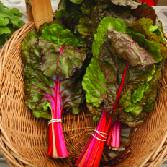-
CATEGORY ::
- All Seeds /
- All Cover Crop Seed








Bayou Kale Seeds
LATIN NAME
Brassica oleracea
SEASON
Annual
ENVIRONMENT
Full sun
USDA ZONES
3 - 10
SOWING TEMP
45F+
WHEN TO PLANT
5 - 7 weeks before frost in fall
PLANTING DEPTH
1/4 inch
SOWING METHOD
Broadcast or drill
SEEDING RATE
6 - 10 lbs per acre
PLANT CHARACTERISTICS
Excellent regrowth, winter hardiness, erosion control
ESTABLISHMENT RATE
Fast
MOISTURE REQUIREMENTS
Moderate
CROP HEIGHT
36 inches
COLD TOLERANCE
Excellent
HEAT TOLERANCE
Fair
SHADE TOLERANCE
Good
DAYS TO MATURITY
55 - 75 days
IDEAL FOR
Erosion control, wildlife food plots, grazing, cover crop
AVERAGE GERMINATION
3 - 14 days
LATIN NAME
Fagopyrum esculentum
SEASON
Annual
ENVIRONMENT
Full sun
USDA ZONES
3 - 10
SOWING TEMP
50F - 70F
WHEN TO PLANT
Late spring to mid summer
PLANTING DEPTH
1/2 - 1 inch
SOWING METHOD
Drill
SEEDING RATE
40 - 50 lbs per acre
IDEAL FOR
Erosion control, nurse crop, companion crop, cover crop, food plot, pollinator
PLANT CHARACTERISTICS
Wear tolerant, fast growing, improves soil, nutritious grain
ESTABLISHMENT RATE
Fast
MOISTURE REQUIREMENTS
Moderate
CROP HEIGHT
36 - 48 inches
COLD TOLERANCE
Excellent
HEAT TOLERANCE
Good
SHADE TOLERANCE
Poor
DAYS TO MATURITY
70 - 90 days
AVERAGE GERMINATION
3 - 5 days
LATIN NAME
Brassica rapa
SEASON
Annual
ENVIRONMENT
Full sun to partial shade
USDA ZONES
2 - 9
SOWING TEMP
45F+
WHEN TO PLANT
5 - 7 weeks before first frost in fall
PLANTING DEPTH
1/2 inch
SOWING METHOD
Broadcast or drill
SEEDING RATE
10 - 15 lbs per acre
PLANT CHARACTERISTICS
Easy establishment, winter hardiness
ESTABLISHMENT RATE
Faste
MOISTURE REQUIREMENTS
Moderate
CROP HEIGHT
24 inches
COLD TOLERANCE
Excellent
HEAT TOLERANCE
Fair
SHADE TOLERANCE
Fair
DAYS TO MATURITY
55 days
IDEAL FOR
Wildlife food plots, cover crop, forage
AVERAGE GERMINATION
7 - 14 days
LATIN NAME
Crotalaria juncea L.
SEASON
Annual
ENVIRONMENT
Full sun
USDA ZONES
8 - 11
SOWING TEMP
65F+
WHEN TO PLANT
Spring to early summer
PLANTING DEPTH
1/4 - 1 inch
SOWING METHOD
Broadcast or drill
SEEDING RATE
25 - 50 lbs per acre
PLANT CHARACTERISTICS
High biomass, nitrogen fixator
ESTABLISHMENT RATE
Fast
MOISTURE REQUIREMENTS
Moderate
CROP HEIGHT
36 - 108 inches
COLD TOLERANCE
Poor
HEAT TOLERANCE
Excellent
SHADE TOLERANCE
Poor
DAYS TO MATURITY
60 - 90 days
IDEAL FOR
Cover crop, soil improvement, green manure, forage, fiber production
AVERAGE GERMINATION
3 - 7 days
LATIN NAME
Glycine max
SEASON
Annual
ENVIRONMENT
Full sun
USDA ZONES
2 - 10
SOWING TEMP
55F - 77F
WHEN TO PLANT
Spring to early summer
PLANTING DEPTH
3/4 - 1 1/2 inches
SOWING METHOD
Broadcast or drill
SEEDING RATE
90 - 120 lbs per acre
PLANT CHARACTERISTICS
Nitrogen fixator, easy establishment, high yields, oil
ESTABLISHMENT RATE
Fast
MOISTURE REQUIREMENTS
High
CROP HEIGHT
20 - 50 inches
COLD TOLERANCE
Poor
HEAT TOLERANCE
Good
SHADE TOLERANCE
Poor
DAYS TO MATURITY
80 - 120 days
IDEAL FOR
Livestock, cover crop, animal feed,
AVERAGE GERMINATION
5 - 10 days
LATIN NAME
Vigna unguiculata
SEASON
Annual
ENVIRONMENT
Full sun to partial shade
USDA ZONES
5 - 10
SOWING TEMP
70F - 95F
WHEN TO PLANT
After danger of frost
PLANTING DEPTH
1/2 - 1 inch
SOWING METHOD
Drill
SEEDING RATE
30 - 90 lbs per acre
IDEAL FOR
Erosion control, nitrogen fixation, food plots
PLANT CHARACTERISTICS
Fast growing, high protein
ESTABLISHMENT RATE
Fast
MOISTURE REQUIREMENTS
Moderate - high
CROP HEIGHT
24 - 36 inches
COLD TOLERANCE
Poor
HEAT TOLERANCE
Excellent
SHADE TOLERANCE
Moderate
DAYS TO MATURITY
80 - 90 days
AVERAGE GERMINATION
7 - 10 days
LATIN NAME
Vicia faba
SEASON
Annual
ENVIRONMENT
Full sun
USDA ZONES
2 - 10
SOWING TEMP
41F+
WHEN TO PLANT
After danger of frost
PLANTING DEPTH
1 - 2 inches
SOWING METHOD
Drill
SEEDING RATE
1 - 2 lbs per 1,000 square feet
IDEAL FOR
Cover crops, soil enrichment, forage quality
PLANT CHARACTERISTICS
Nitrogen fixator, high yields, high protein, high biomass
ESTABLISHMENT RATE
Fast
MOISTURE REQUIREMENTS
Moderate - high
CROP HEIGHT
48 inches
COLD TOLERANCE
Fair - good
HEAT TOLERANCE
Moderate
SHADE TOLERANCE
Fair - good
DAYS TO MATURITY
80 - 100 days
AVERAGE GERMINATION
7 - 14 days
About...
Bayou Kale (Brassica oleracea) - is a winter hardy member of the Brassica family with good lodging resistance and can provide up to 25% protein. High digestible forage for deer that is ideal for extended grazing in wildlife food plots providing quality winter forage.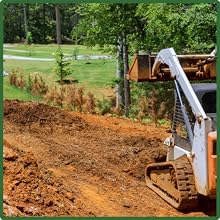
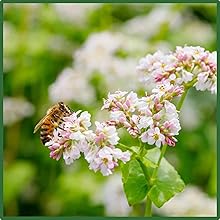
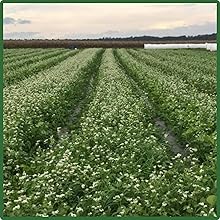
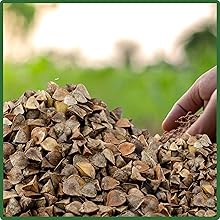
MORE COVER CROP OPTIONS
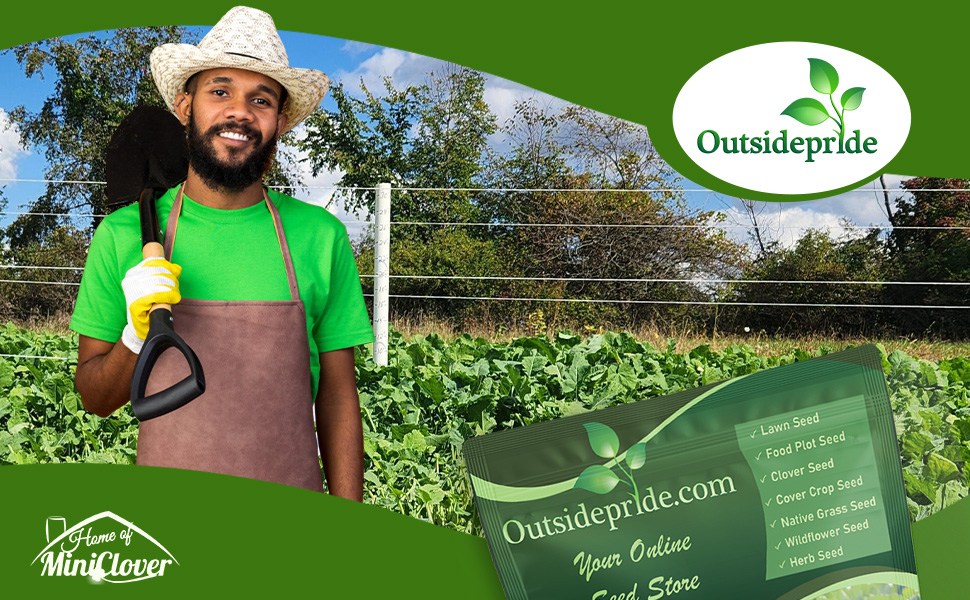

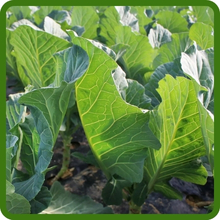
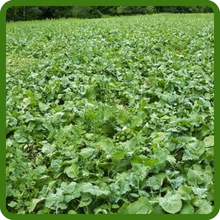


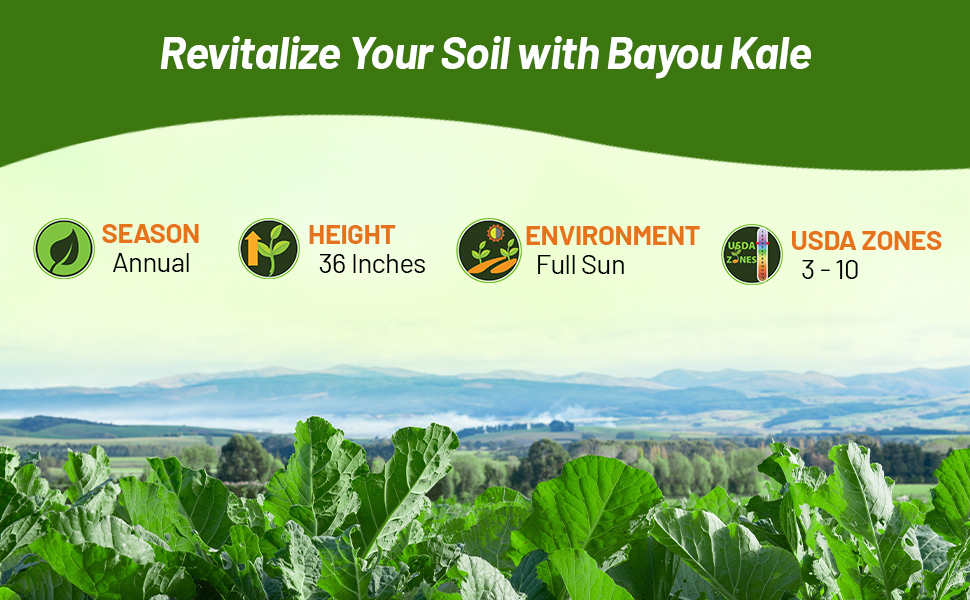
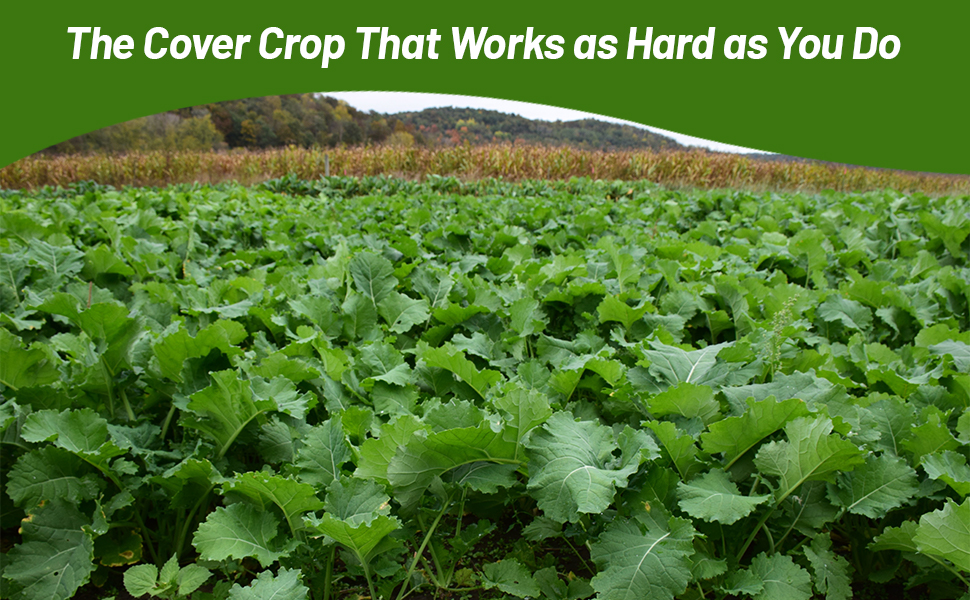
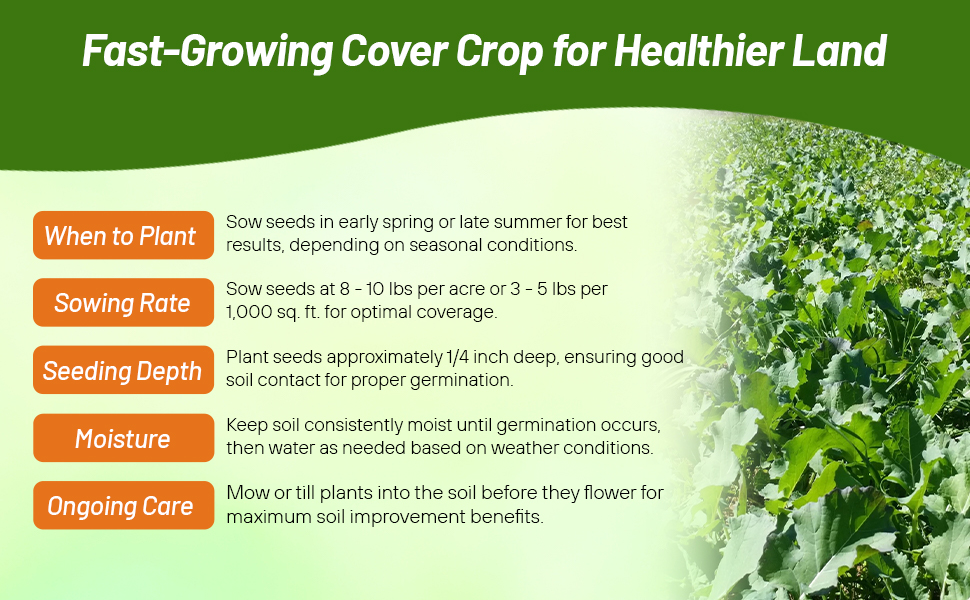
Bayou Kale (Brassica oleracea) - is a winter hardy member of the Brassica family that is highly digestible. It is known for its large, palatable leaves. and can provide up to 25% protein. High digestible forage for deer that is ideal for extended grazing in wildlife food plots providing quality winter forage. Kale has the highest cold tolerance of all the Brassicas, good winter hardiness and a high leaf to stem ratio. It may be grown both as a spring and early fall crop for winter grazing. Kale grows best in cooler weather with cold days and nights which will sweeten the leaves especially if subjected to a fall frost. Remember that Kale grows large leaves and may over shade other plants in your food plot. Kale prefers a pH of 5.5 to 7.0.
Bayou kale is a mid-maturing forage brassica with a smooth leaf, and a nutty flavor that is sweet to human taste. This kale variety has a smaller stem but can grow up to 3 feet tall. Bayou has excellent regrowth when rotationally grazed, and the stems are more palatable than forage rapes for cattle and sheep. Used in food plots for deer as well as upland game birds, animals will eat the Bayou first when planted beside other food plots.
When planted in late summer or early fall, it is considerably more winter-hardy than radishes and helps control erosion. The spring green-up of Bayou kale is similar to forage rapes, while its seed size and crop management are similar to other brassicas, like turnips. Seed should be planted at 6 - 10 lbs/ac when planted as a single specie and 2 - 3 lbs/ac when mixed with other crops. Recommended planting time for Northern Regions is summer when night time temperatures are consistently below 65 degrees. Planting should occur July - September for the Midwest and September - October for the South.
Forage Kale has show to help in opening up the soil because of its tap roots. As a cover crop kale can be planted in late summer or early fall; using it as a winter crop helps protect the soil longer from erosion.
Product Specifications:
- Excellent regrowth
- Forage brassica
- Good winter hardiness
- Great for food deer food plots
- Protects soil from erosion
- Use for: pasture, food plot, cattle forage, livestock grazing, cover crop
















